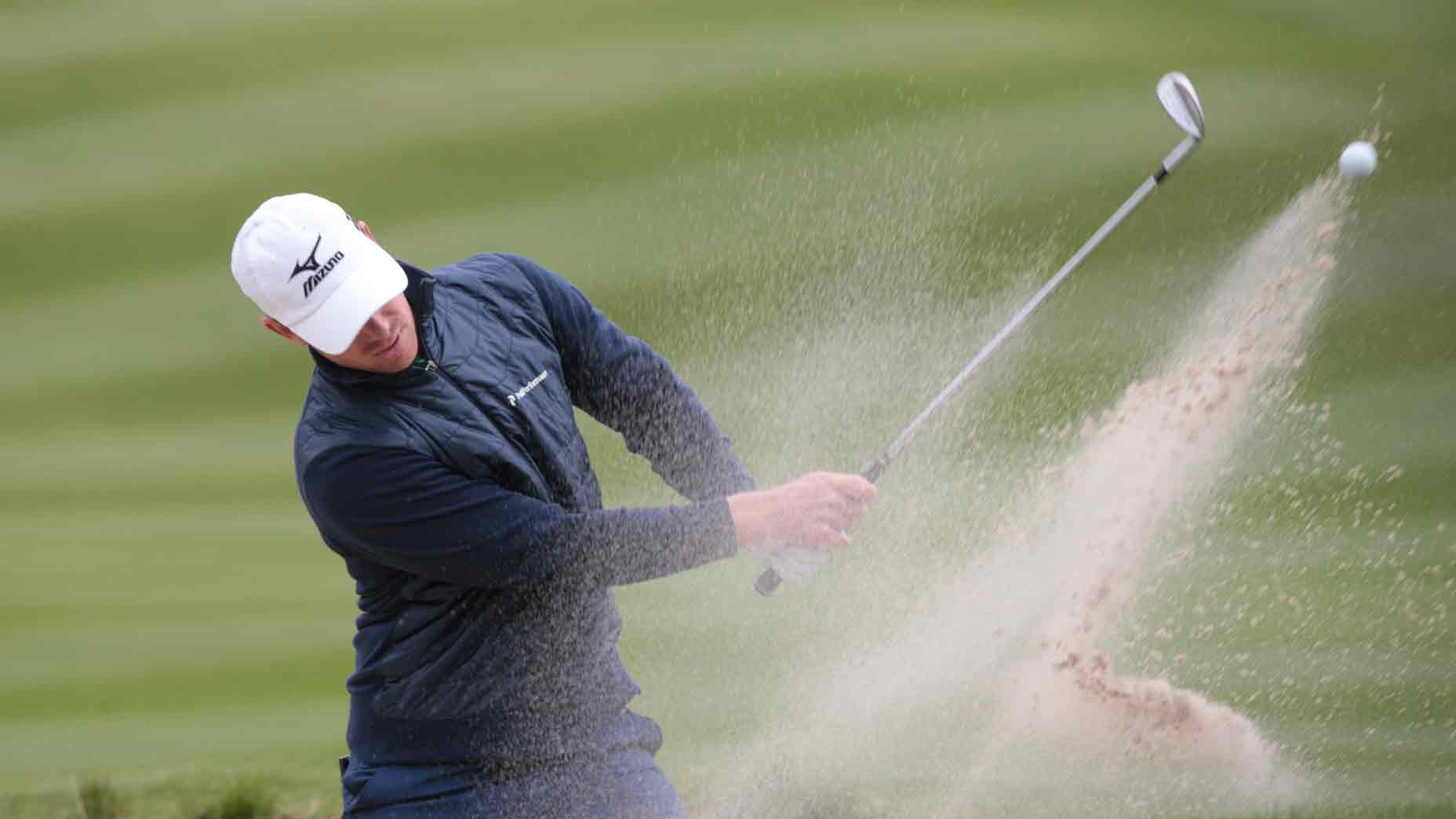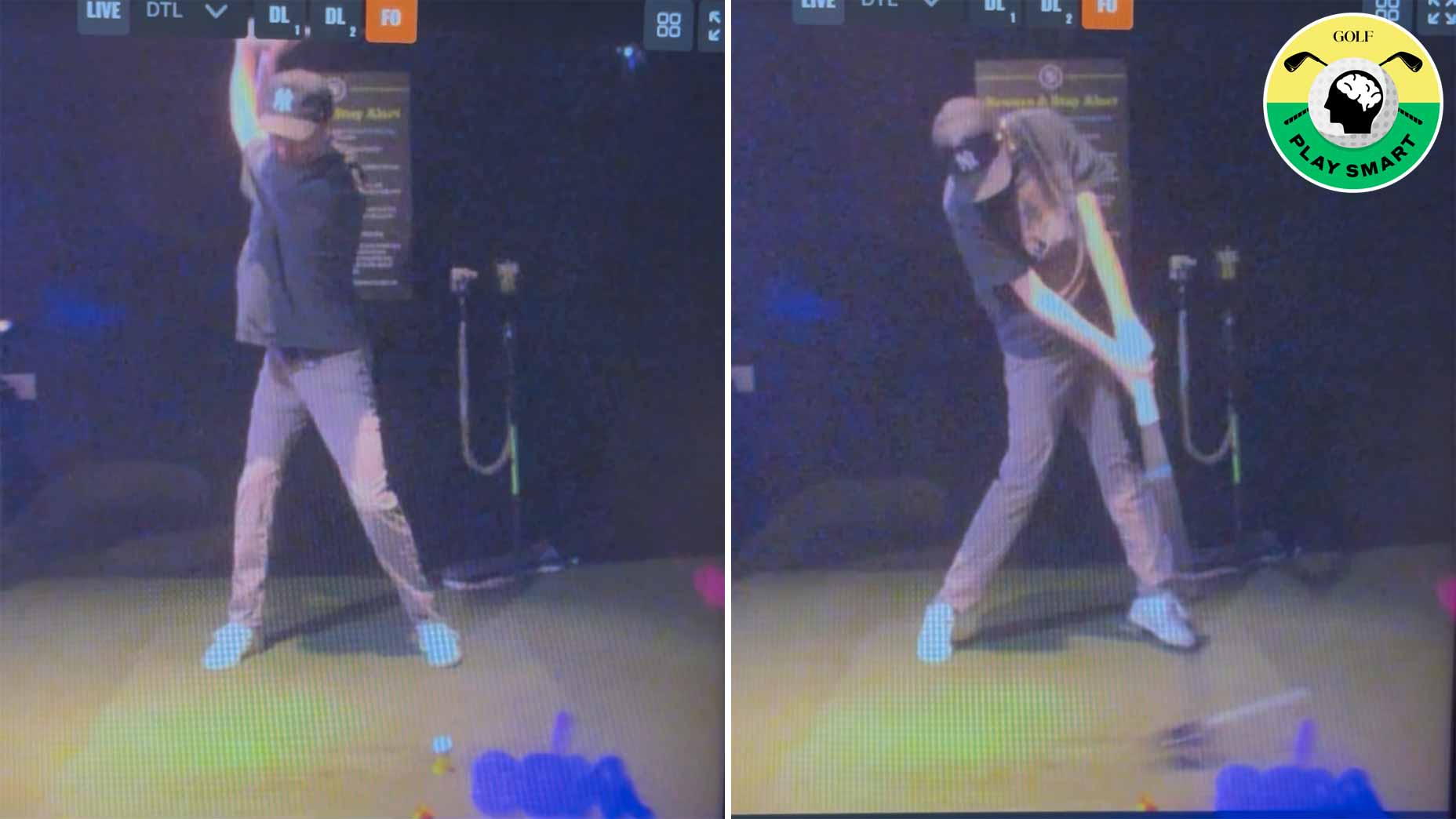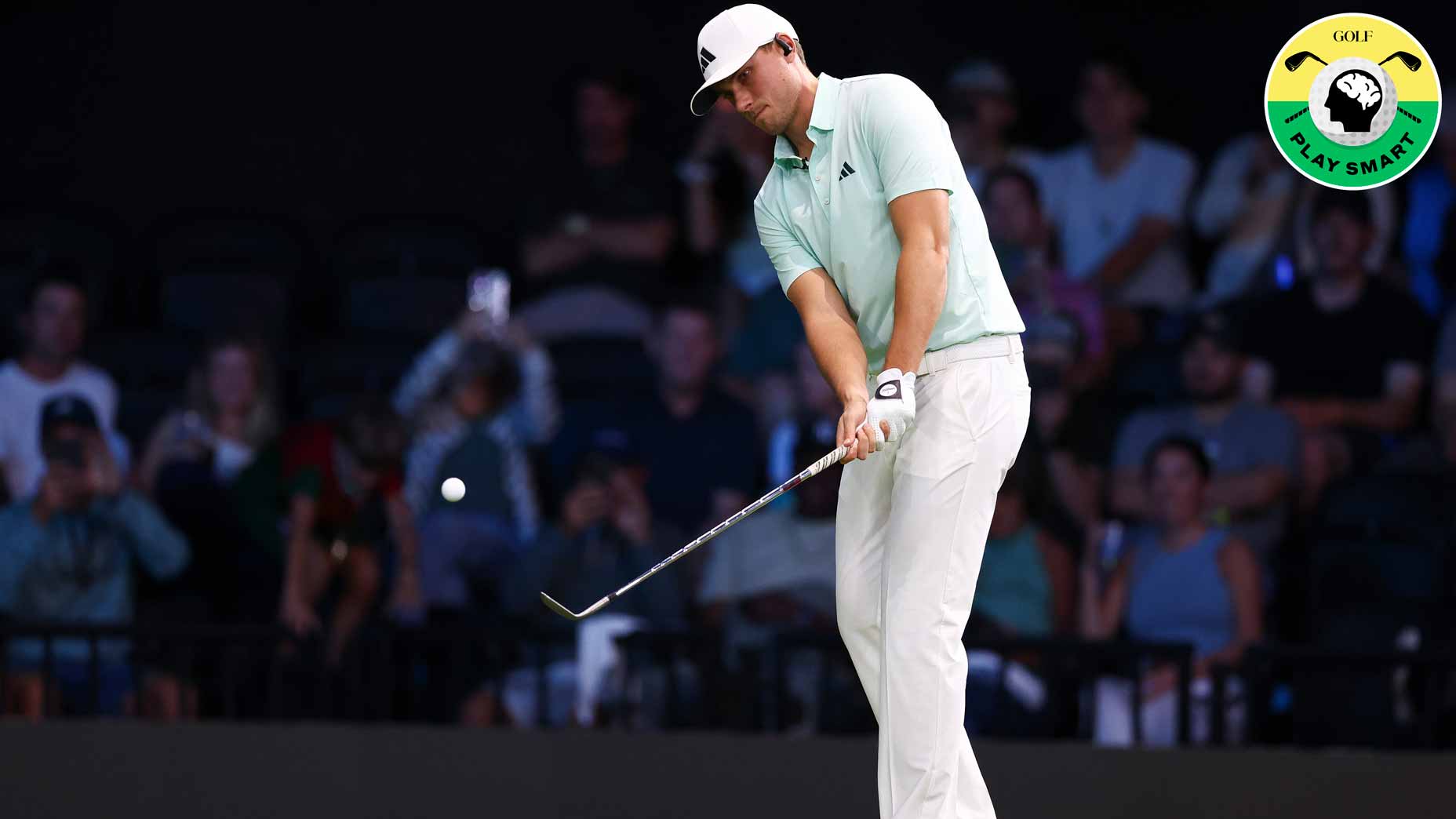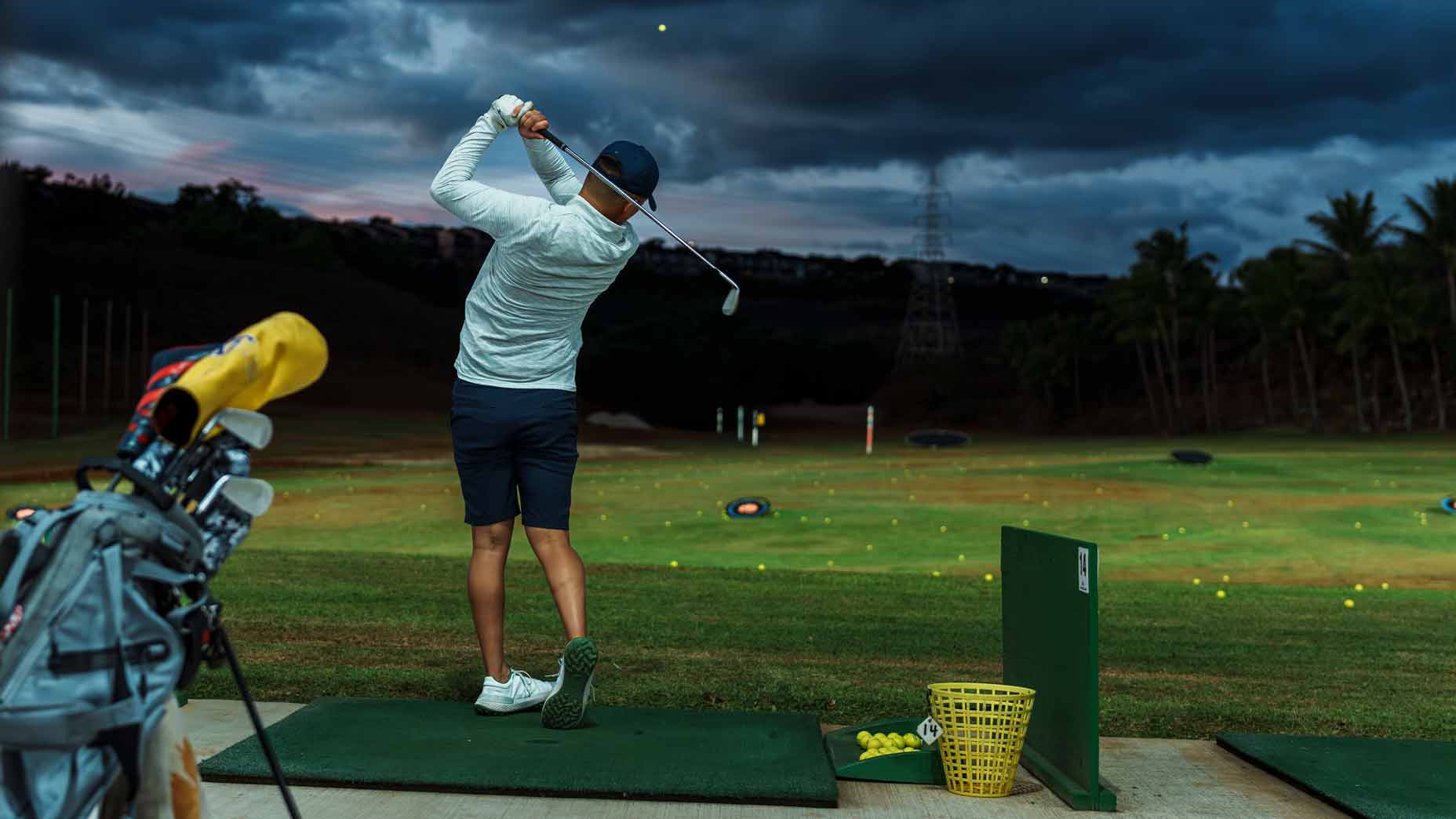It’s one of the most important questions every golfer encounters on the golf course: Should you go for it, or is laying up the better play?
Sure, we all love biting down and gripping the club as hard as we can to produce insane clubhead speed to carry something like water or bunkers, but, deep down, many of us probably know that laying up is often the smarter golf decision.
But is it always?
In the video below (courtesy of Titleist’s YouTube channel), Michael Breed — one of GOLF’s Top 100 Lifetime Achievement Teachers — walks us through some key stats to consider when trying to decide whether to go for it versus laying up. While certain situations call for different strategies, Breed’s tips are a good way to think about how aggressive (or conservative) you should be.
Is laying up smarter than going for it? Use these stats to make your decision
In the video, Breed’s staring down a shot that has 280 yards to the flag, 265 yards to the front edge of the green, and 250 yards to carry a small bunker near the putting surface — so it’s a big shot that requires some strategy.
As he talks over his options with fellow teacher Greg Ducharme, Breed takes into account the downwind and his downhill lie, the latter he says may make it more difficult to reach the green in two with his 3-wood. He also notices a creek that runs across the fairway, adding more pressure to hit the perfect shot.
“If you want to make birdie or eagle, the statistics say you’ve got to go for the green and get it up as close as you possibly can,” Ducharme tells Breed. “All you’ve got to do is make solid contact and you can make eagle here.”
So is laying up smarter than going for it? Breed and Ducharme walk through both scenarios.
5 key stats about scratch golfers that’ll help you manage expectationsBy: Nick Dimengo
“All the stats and information support what [Greg] said, but you have to factor in a bunch of different things,” Breed adds. “First, how are you feeling about your game? Are you playing well, or are you not playing well?”
Another thing to take into account is what part of the round this shot presents itself. Is it late in the round and you’re feeling OK with how you’ve hit the ball all day, or is it earlier in the day and you’re still figuring out your game?
After going through different factors, Breed ultimately decides to use the 3-wood — but he explains what laying up on this type of shot should look like.
“If I decided to lay up, I’m going to lay up to 170 yards, [and with a 280-yard shot] it’d leave me 110 yards,” he says. “So when you’re thinking about laying up, think about the angles. I’d probably hit a 7-iron down the lefthand side to get that angle [into the green].”
So why lay up to the left? Breed explains the strategy.
“The game is a zig-zag game, so if I want to get to a right hole location, the more I stretch this to the left, the more it takes the flag and moves it to the center of the green,” he adds.
While Breed hits a perfect shot with his 3-wood that lands short of the green before rolling up onto it, he reminds players to walk through the factors before landing on the best decision in the moment.
“You’ve got to think about a lot of different things, not just [rely on] what the statistics say,” Breed says. “Understand them, but don’t always play by them.”
Check out the new Titliest GT Drivers – the next generation of Titleist driving excellence.











